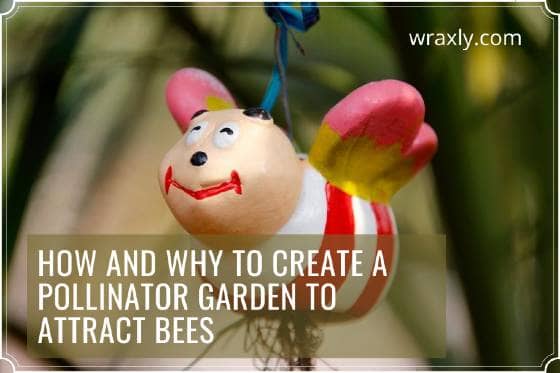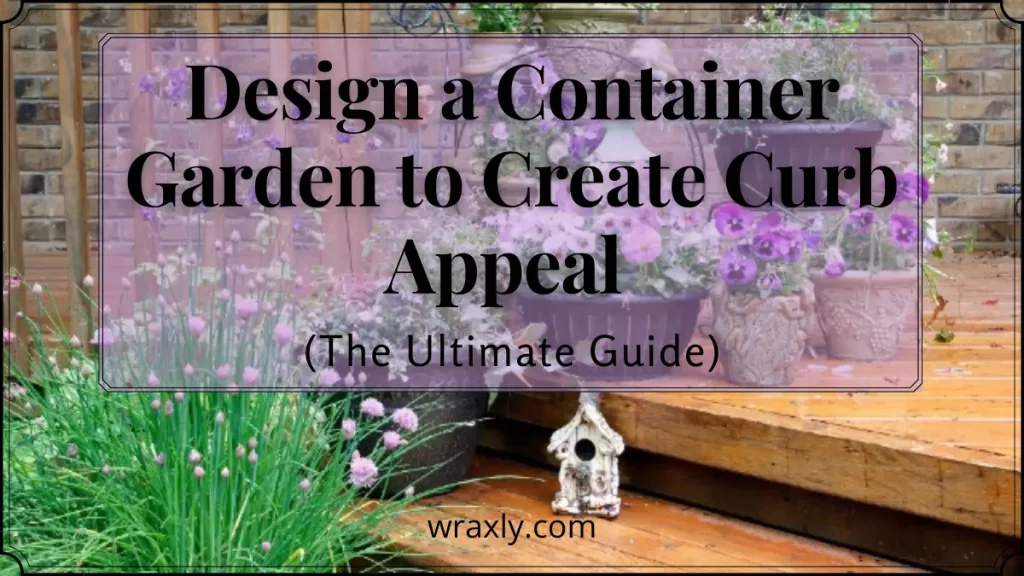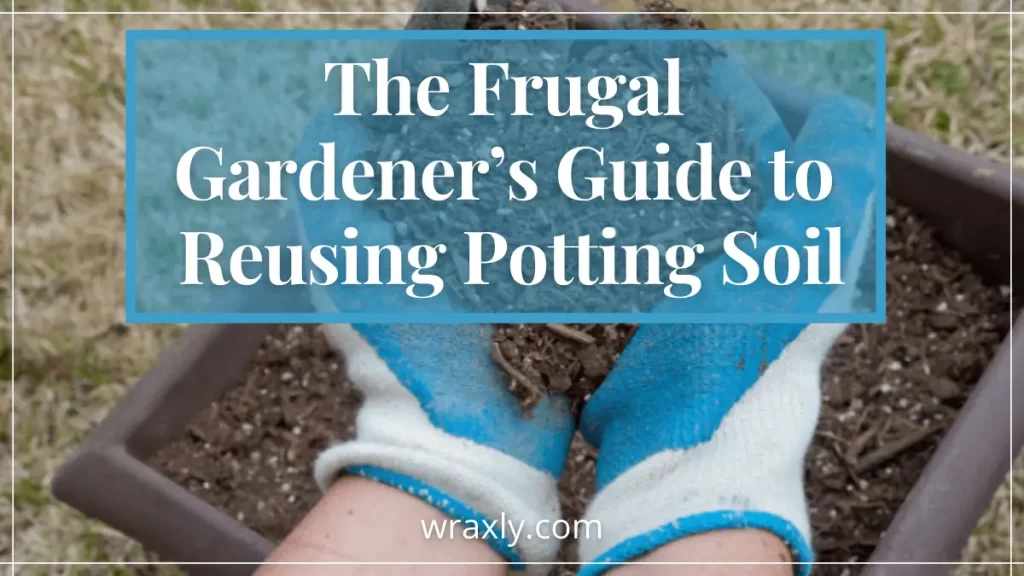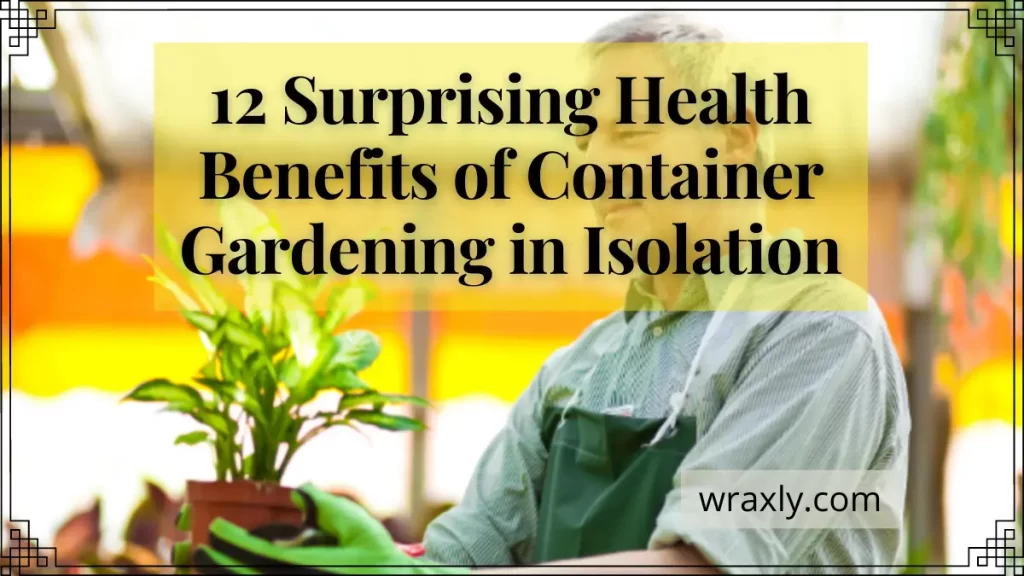In recent years, more and more gardeners have been choosing to create pollinator gardens in their yards. And there is a good reason why these gardens are gaining so much praise and recognition.
Pollinator gardens are a fantastic way to support local pollinators like bees and other insects. Those pollinators play a vital role in crop production and have a greater impact on the world than you might think. The more plants that are around to attract pollinators, the healthier those pollinator species populations will be.
But growing a pollinator garden is not just an effective way to support the insects that pollinate our plants. The gardens are also incredibly beautiful and are a great aesthetic addition to just about any property. However, making a pollinator garden takes a lot of work. So, in this article, we’ll explore how and why you should create a pollinator garden to attract bees.

Table of contents
Why Pollinator Gardens Are Helpful to Bees and Humans
There is no getting around the fact that the process for creating a pollinator garden is quite labor-intensive. So, before you set out on your journey to create one, it is helpful to know the reasons why these gardens are so beneficial in the first place.
Pollinators like bees play a crucial role in food production. Of all the crops that humans throughout the country eat, a vast majority of them rely on pollinators for fertilization. If fertilization does not occur, those crops won’t be able to produce the fruits and vegetables that we enjoy.
Bees and other pollinators need a readily available supply of nectar in the places they live. Nectar is an essential form of food for bees, and without it, bee populations won’t be able to maintain strong numbers. In turn, that means less crop fertilization leading to harvests with diminishing yields.
A few factors are currently causing bee populations to decline, one of which is habitat loss. As human development expands, the natural sources of nectar that bees rely on begin to disappear. Planting a pollinator garden is one way to counteract that issue. After establishing one of these gardens, it will give the bees and pollinators in your neighborhood the fuel they need to remain healthy, multiply, and fertilize crops in the region.
Click here to download your FREE guide to organic weed and pest control
How to Create a Pollinator Garden
Now that we have established the importance of pollinator gardens, it is time to learn how to create one. Read through the sections below to gain a comprehensive understanding of what you’ll need to do to make a pollinator garden in your backyard.
Select the Right Location for Your Pollinator Garden
An excellent location is vital when making nearly any garden, and that notion holds true for pollinator gardens as well. In many instances, selecting the right location from the start is what will dictate how successful your garden is in years to come. While there are many characteristics to consider when evaluating a location for a future garden, here are the ones that are most relevant to pollinator gardens:
- Nutrient-rich soil: Plants will be the main feature of your pollinator garden, and you can expect that you’ll be growing a lot of them. High-quality soil with plenty of nutrients and good drainage is the first element you need to make sure your plants are healthy and thriving.
- Ample Sunlight: While there are plenty of flowering plants that live in shade and partial shade conditions, many of the most popular species in pollinator gardens prefer full sunlight. In most cases, you should make sure the area you choose receives several hours of sunlight each day.
- Wind Protection: Some pollinators, such as butterflies, enjoy feeding on nectar without battling strong gusts of wind. To attract the most pollinators to your garden, it’s usually best to choose a site that has some wind protection.
Take your time when selecting the right location for your pollinator garden. Once you find a place that meets the conditions in the list above, you’ll be ready to move on to your next step.
Prepare Your Pollinator Garden Area
Even if you find the perfect location for your pollinator garden, there remain a few tasks you’ll need to do to prepare that area. Here are some preparation tips you can use for your future garden:
- Remove existing plants
- Amend soil as needed
- Observe and alter drainage patterns
Preparing your pollinator garden can take some time, but it is well worth the effort. Now that you have completed your preparation, it’s time to address one of the more exciting aspects of making one of these gardens.
Plant Native Pollinator Plant Species
Plants will be the primary feature of your pollinator garden. After all, the plants you grow are what will attract the many pollinators that will visit your yard. Since the plants are so fundamental to the success of your pollinator garden, you need to know a few guidelines for picking the best ones. Here are a few tips for pollinator garden plant selection:
- Use native plants
- Focus on variety
- Group plants in masses
Meeting each of the goals above will make your garden all the more beneficial to local pollinator species. Planting numerous varieties of native plants in healthy masses is the ideal way to encourage as many pollinators as possible to fly to your garden. With those key concepts in mind, here are a few of the best plants for pollinators that you can use:
- Bee balm
- Coneflower
- Goldenrod
- Daisies
- Lavender
Most of the best plants to use in pollinator gardens are flowering perennials. The options above should give you a good start but know that there are many different species you can use. The best way to approach plant selection is to know which bee-attracting plants are native in your area. From that list, plant the ones that will survive in the unique conditions your garden location provides.
Our Recommended Wildflower Pollinator Seeds
Add Other Features that Support Pollinators
Plants are the primary attraction in a pollinator garden. However, they are not the only features you can add to support the pollinator populations in your region. There are a few other features you should consider adding, such as these:
- Water: Pollinator species need both food and water, so make sure your garden has both. Often, creating a small puddle in your garden is enough to hydrate bees, butterflies, and other bugs.
- Saltlick: Some pollinators, like butterflies, like to have a source of salt nearby. Try mixing some sea salt into a damp patch of mud in your garden to give them what they need.
- Dead branches: Dead tree branches lying in your garden are a great place for bees to rest. While these branches may not make your garden look any prettier, your pollinator guests will appreciate them.
- Additional food sources: Nectar may be the main source of food for many pollinators, but there are eating options they’ll also enjoy. For instance, leaving fruits like bananas is a great way to give pollinators more food options.
Add a Bee House to Attract Pollinators
Did you know that some bees live in houses instead of hives? Bee houses are primarily created for Mason Bees, which are peaceful, non-stinging super pollinators who lead solitary lives. Mason Bees are generalist foragers, meaning they gather nectar and pollen from many types of flowers. You can boost your garden’s productivity by providing a Mason Bee House so they have a place where they can lay eggs, which will help keep your bee population prospering from year to year.
Our Recommended Bee Houses
It’s clear that there are many ways that you can improve your pollinator garden. On the other hand, there are also some ways you can detract from your design as well.
What Not to Include in your Pollinator Garden
While there are many features that you should add to your pollinator garden, there are some elements that you should try not to add. For example, pesticides are one of the biggest threats to pollinators like bees. For that reason, you should do your best to grow your garden without relying on those harmful chemicals.
It is also best to avoid planting hybrid plants with altered flowers. While cultivators develop these plants exhibit their best ornamental qualities, they often do so at the expense of the nectar-producing parts of the flower. Without that nectar, there is no reason for pollinators to arrive at your pollinator garden.
Make Your Garden Easy to Access
At this point, you have covered the basic elements that a pollinator garden needs. However, your design work is not finished. While you arrange your plants and other pollinator garden features, you should also consider the accessibility of your pollinator garden. Making your garden easily accessible will make it more enjoyable to be in and easier to care for.
A simple path system should be enough to give you access to all parts of your garden. That way, you can tend to plants easily and keep a watchful eye over every garden area. Adding some seating options is an excellent way to give you and your garden guests the chance to relax and enjoy the beauty your pollinator garden creates.
Provide Ongoing Care for Your Pollinator Garden
Our final point about creating a pollinator garden is about maintenance. Because healthy pollinator gardens include many plants, they also call for a lot of care and attention.
If you want your pollinator garden to be a reliable food source for bees and other important pollinators, you’ll need to keep up with garden maintenance. Take time to study each of your plant’s care requirements. Then supply them with water, fertilizer, and pruning as needed.
When planning a pollinator garden, don’t neglect maintenance. Remember that a smaller garden, while less impressive, will be much easier to care for over the long term.
Our Recommended Books about Bees
Conclusion
Pollinator gardens are amazingly beautiful and incredibly beneficial to the environment. If you want to reap those impressive benefits, you need to take time to know how and why to create a pollinator garden on your property. Hopefully, the advice in the guide above gives you all the insight you need to get started with this exciting project.
Sources

John Haryasz is a freelance writer and landscape designer. In the field of landscape architecture, he has contributed to many successful design projects throughout the country. As a writer, John specializes in creating captivating and informative web content. Through that work, he aims to share his design knowledge and promote engagement with the outdoor world.



![10 Common Container Garden Mistakes to Avoid [Beginner’s Guide]](https://wraxly.com/wp-content/uploads/2021/02/10-Common-Container-Garden-Mistakes-to-Avoid-Beginners-Guide-1200-1024x576.webp)